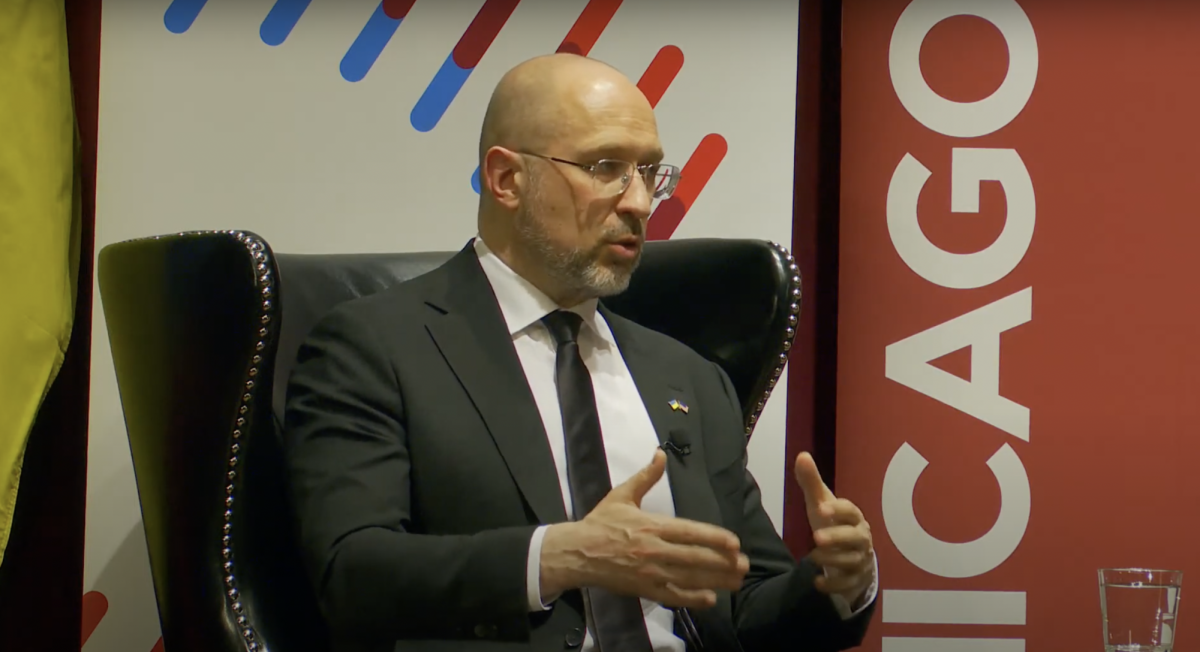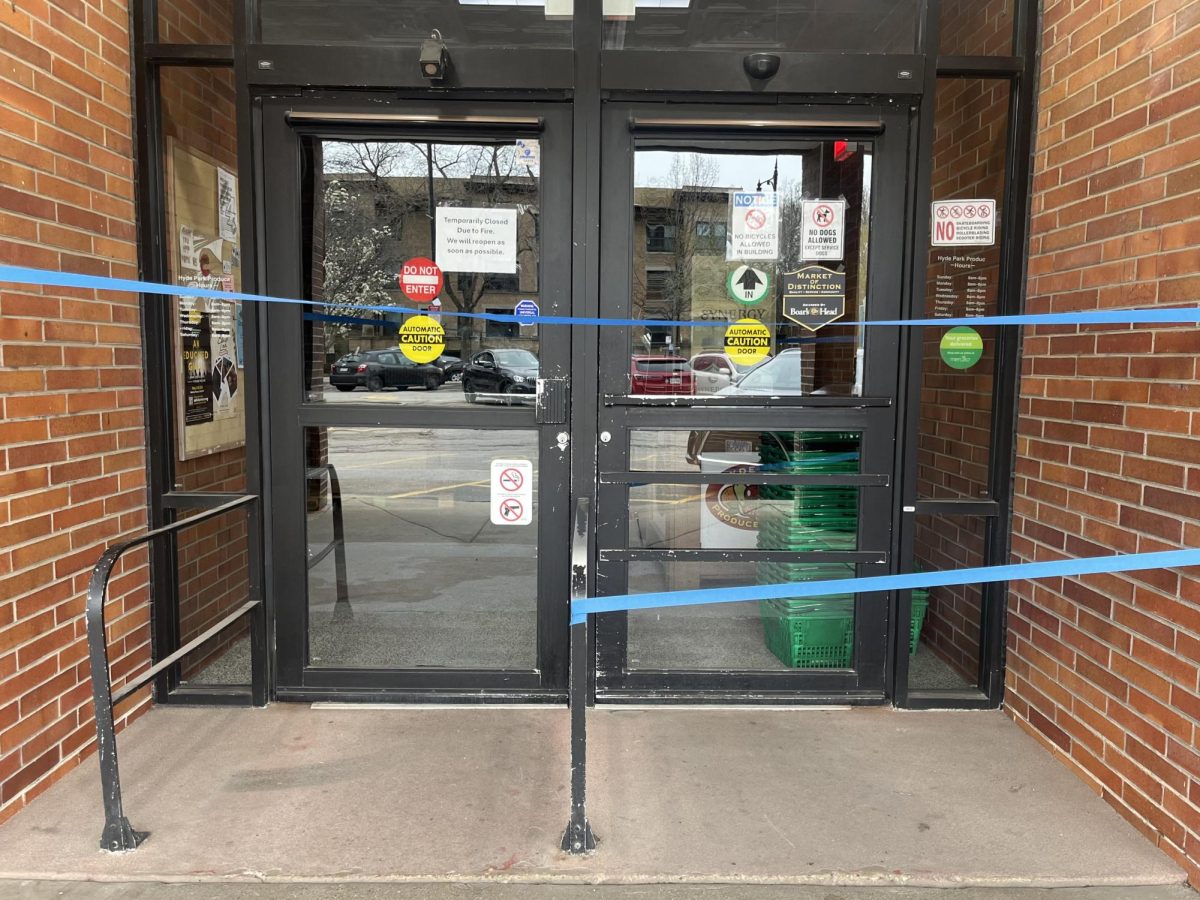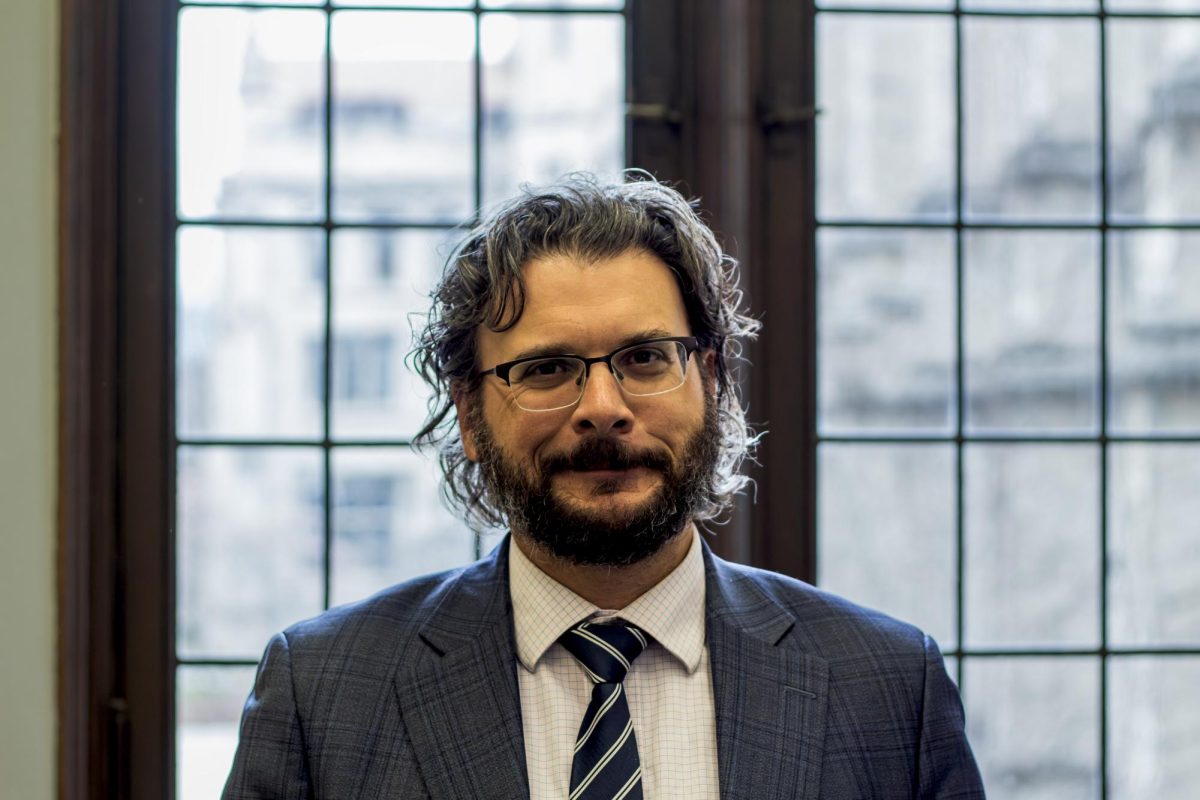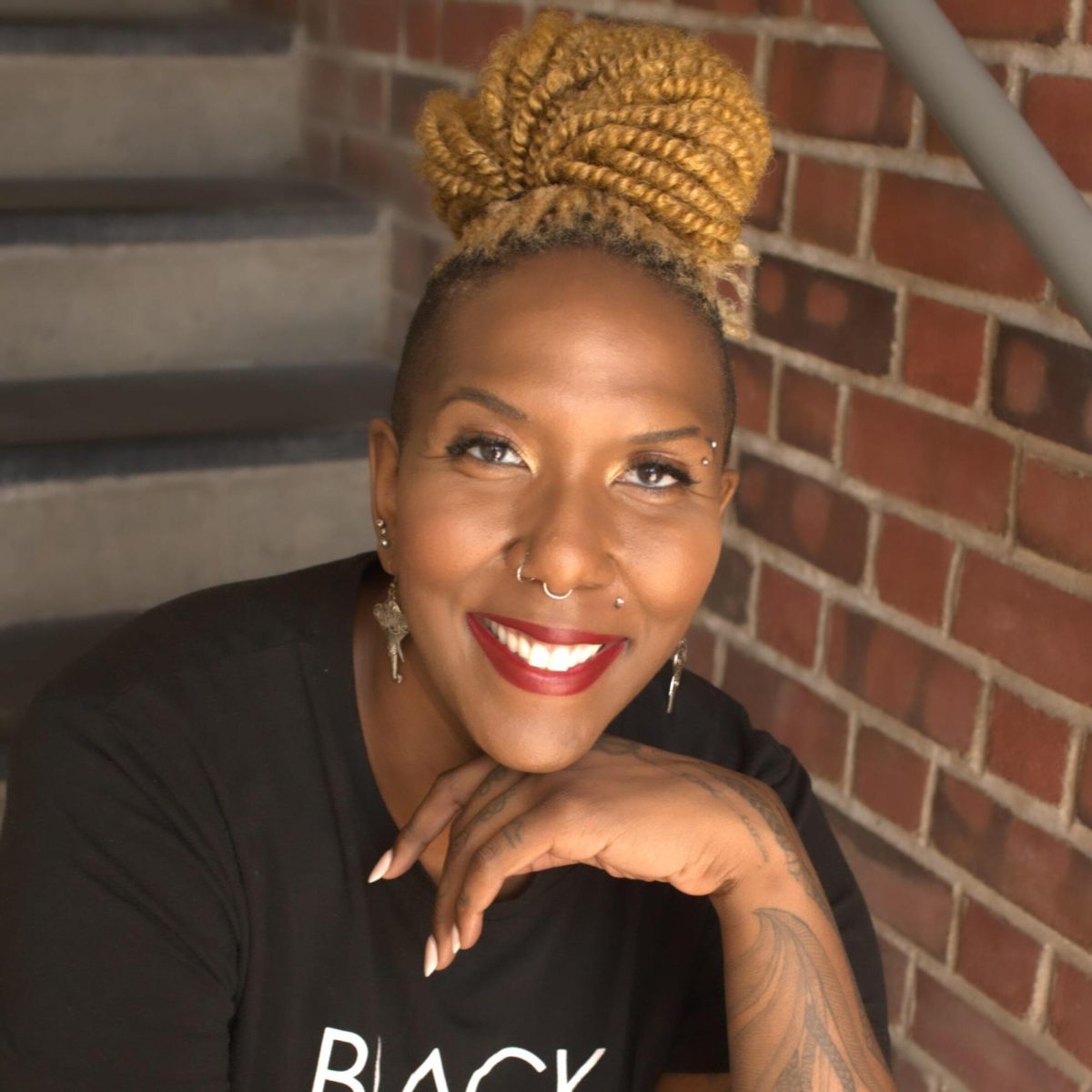The administration has allayed student concern that the school could be tracking their movements through a new computerized key card system. This system allows students in Max Palevsky to use their University of Chicago cards as room keys, punching in a four-digit PIN to enter their rooms. An administration official has said that although the University is able to track students, it does not plan to do so.
Some students voiced concerns that the administration could track students’ movements with the computerized technology that runs the key card system. “With the addition of electronic key cards, the day of big brother is fast approaching,” said Josh Vizer, a first-year Palevsky resident.
“I don’t like the fact that they can track our movements,” said Ian Kalman, another resident of Palevsky.
Despite these fears, Barry Johnson, the information systems manager of Residence Halls and Commons, assures students that although the administration is able to track students, it has no interest in doing so “except in very, very special circumstances.”
The use of the cards, he explained, is not stored on a mainframe computer somewhere but rather on each specific door. Tracking people would involve checking each door. “It’s not something we could do routinely or would want to do routinely,” Johnson said. “It requires special effort to obtain that information.”
Computer logs of key use are now only used to track the keys as the clerks at the front desk make them and not as the keys are used. This is done in order to keep the keys from being improperly duplicated. According to Johnson, clerks can reissue keys to students who need a new one but they cannot make master level keys.
On opening day, some students had experienced problems with their new keys, which require punching in a four-digit PIN on the outer door after inserting and removing the card. Students also need the key card to open the inner door in each suite, but do not need the PIN. Some students’ cards worked on one door but not the other. Other students could not get their PIN to work because the numbers need to be entered at a certain speed.
In addition, the four-digit PIN were originally the last four digits of the student’s Social Security number, although students could customize their PINs later. But the use of the Social Security number presented a problem to international students who have no social security number. “Many were given a number they had no way of knowing,” Johnson said.
Since first week, however, students’ opinions of the key cards have been generally positive. “I adore the key cards,” said first-year Will White.
Another first-year, Julia Kowalski, considered safety. “I felt more secure with a key card,” she said. “In addition to the key card you also need to know the PIN code to get in the room, so it’s nice to have two levels of security.”
Other students, however, remain unhappy with the new system. Some cited the difficulty of typing in the PIN. “The key cards suck; you have to punch it in like three times before it works,” said first-year resident Heather Ashby.
Resident Mitol Patel explained another problem that occurs with the key cards. “When you’re drunk, it’s hard to push the buttons,” he said.
Johnson was on hand to assist students on the first day. Since then, he has been working both at his office and at Max Palevsky East, occasionally helping out students in need.
According to Johnson, a late installation process was the main reason for the first day snags. However, “given the potential for disaster,” he felt the system had run smoothly.
Although Johnson believes that the key card is “a logical step in a building like Max Palevsky,” there are no specific plans for refitting the old dorms with the same key card technology. Due to the expense of such an operation, he said that it would probably be done as part of a previously planned refurbishing of an older dorm instead of an independent initiative.









